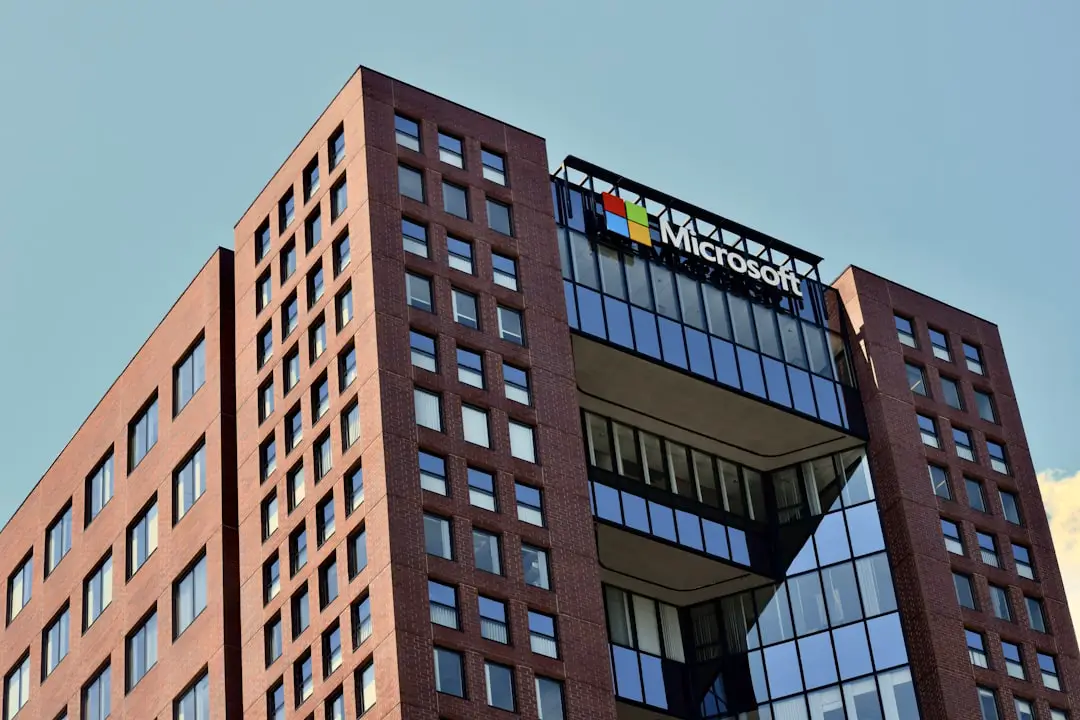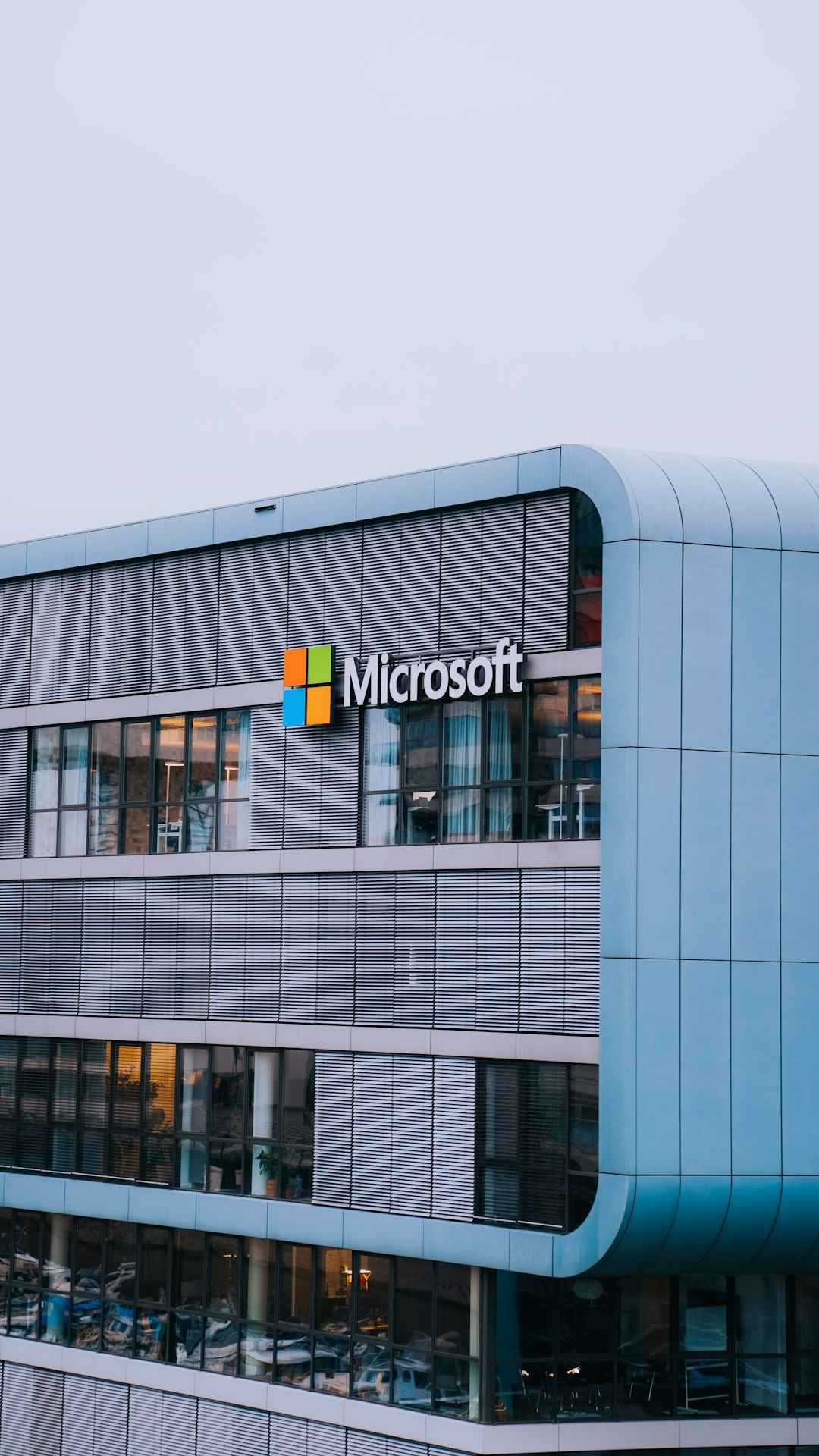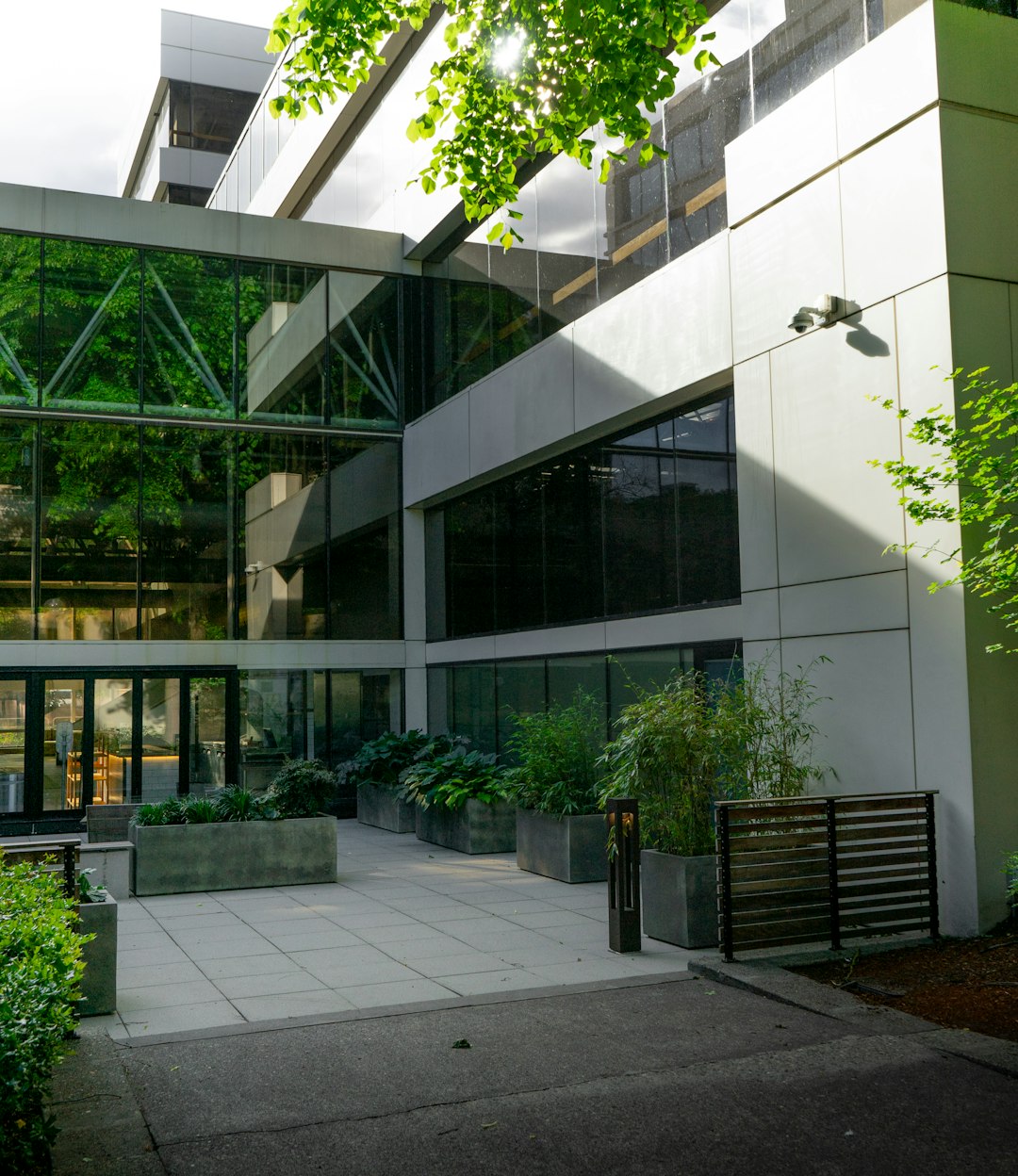Located on Microsoft’s sprawling Redmond campus, Building 30 stands as both a monument to the company’s rich technological history and a beacon of its commitment to ongoing innovation. While many of the company’s buildings have evolved with time, Building 30 occupies a unique place by blending legacy significance with cutting-edge modernization. Understanding its origins, layout, and current use helps paint a picture of how Microsoft has preserved its culture while steering toward the future.
History and Significance
Completed in the early 1990s, Building 30 initially served as part of a wave of construction aimed at accommodating Microsoft’s rapid growth during the explosive expansion of the Windows and Office product lines. The building quickly became home to several engineering teams and played a pivotal role in numerous product developments.
In its earlier years, Building 30 notably housed parts of the Windows team, including developers and testers who were directly shaping the digital desktop experience for millions around the world. Some corridors even witnessed spontaneous problem-solving sessions and meetings that would ultimately impact flagships like Windows 95 and Office 97.
Though it was never the most publicized Microsoft office, Building 30 developed a reputation internally as a space where intense focus met long-term innovation. That tradition has continued even as the building itself underwent significant changes.
Architectural Layout and Features
Architecturally, Building 30 shares design signatures with several other Redmond campus buildings developed during the same period: low-rise, rectangular architecture with a practical and functional aesthetic. However, it also includes interior innovations that reflect its central role in Microsoft’s evolution.
- Open Floor Plans: While originally constructed with segmented office layouts, renovations have transformed many areas into open-concept workspaces to foster collaboration.
- Meeting Pods and Huddle Rooms: Distributed throughout the building, these spaces support small group discussions, quick brainstorming sessions, and video conferencing.
- Natural Light Optimization: Strategic skylights and glass walls make the most of the Pacific Northwest’s unique lighting, reducing the need for artificial lighting and enhancing employee well-being.
Several common areas feature artwork and interactive installations that celebrate Microsoft’s major milestones, offering a reflective counterpoint to the building’s highly technical purpose. 
Modern Use and Functionality
Today, Building 30 continues to hum with the energy of innovation, albeit under a new focus aligned with Microsoft’s evolving strategic priorities. While its tenants have changed over time, the building now accommodates teams related to cloud infrastructure, AI development, and internal tool engineering.
One of the building’s noteworthy recent functions has been to pilot Microsoft’s smart workspace initiative. This program integrates advanced environmental controls, occupancy sensors, and telepresence tools to enable a flexible hybrid work environment. The lessons drawn from Building 30’s deployment of these technologies have fed back into broader Microsoft workplace design strategies across its global offices.
Other modern uses include:
- AI and Machine Learning Labs: Prototyping and testing of AI models, with a focus on responsible use of technology.
- Employee Training Hubs: Facilities for onboarding new hires and providing advanced engineering skill workshops.
- Collaboration Zones: These are shared spaces where interdepartmental teams co-locate to accelerate specific projects or product milestones.
Perhaps most importantly, Building 30 is one of Microsoft’s living laboratories for building environments that can adapt to the future of work. Its occupancy patterns, energy usage, and productivity metrics are all continuously monitored to improve both employee satisfaction and corporate efficiency.
Cultural Role and Legacy
Beyond its practical function, Building 30 maintains a cultural significance as one of the few buildings that has continually adapted without losing its original spirit. In the context of Microsoft’s broader narrative, it represents a commitment to iteration—not just in software, but in spaces and organizational philosophy too.
For Microsoft employees, both past and present, Building 30 evokes a sense of continuity—they pass by bulletin boards with project posters from decades ago, even as they meet in AI-equipped conferencing rooms to solve tomorrow’s technology challenges. 
Through mixing history with high-tech adaptations, and maintaining its cultural authenticity amid architectural upgrades, Building 30 showcases Microsoft’s dual mastery: preserving tradition while leading innovation.
